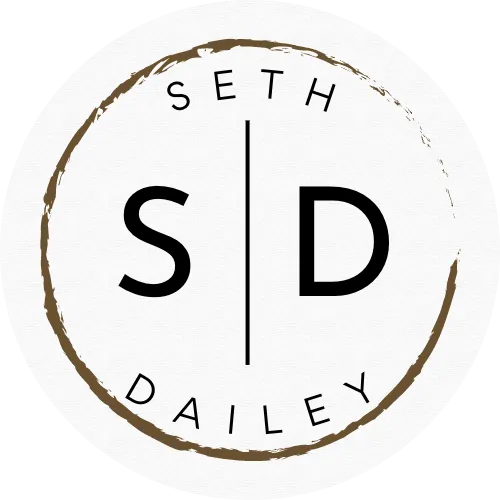
Simple ChatGPT Prompts That Will Supercharge Your Workflow
How’s your AI journey going? Have you been using ChatGPT regularly? It’s pretty amazing how much more effective these models become when you give them clear, specific prompts. If you’re like me, you’ve probably found that the more precise you get, the better the results.
I’ve been experimenting with some prompt frameworks that I think could really help streamline your workflow. Here are five that I’ve been using with great success:
R-T-F: Role, Task, Format
Define the role, task, and format of the output.
Example: "As a Facebook Ad Marketer (Role), create a campaign plan for our product launch (Task), presented with timelines and key messages (Format)."T-A-G: Task, Action, Goal
State the task, describe the action, and outline the goal.
Example: "Evaluate our customer service team (Task), analyze strengths and weaknesses (Action), and improve satisfaction by 10% next quarter (Goal)."B-A-B: Before, After, Bridge
Describe the current situation (Before), the desired outcome (After), and how to get there (Bridge).
Example: "Our SEO rankings are low (Before), we want to be in the top 10 (After), give strategies to achieve this (Bridge)."C-A-R-E: Context, Action, Result, Example
Set the context, specify the action, state the result, and provide an example.
Example: "Launching a sustainable clothing line (Context), develop a campaign (Action) to boost brand awareness by 20% (Result). Use influencers as an example (Example)."R-I-S-E: Role, Input, Steps, Expectation
Assign a role, provide input, outline steps, and define expectations.
Example: "You’re a content strategist (Role), use our audience data (Input), outline a plan (Steps) to increase blog traffic by 40% (Expectation)."
If you’re not already using these frameworks, give them a try next time you need help from ChatGPT. The more specific you are, the more powerful the responses will be.
Here’s to making AI work for you, not the other way around.


